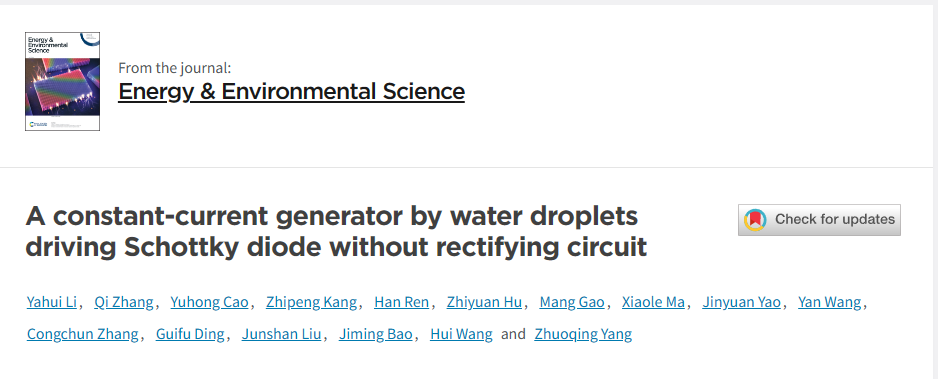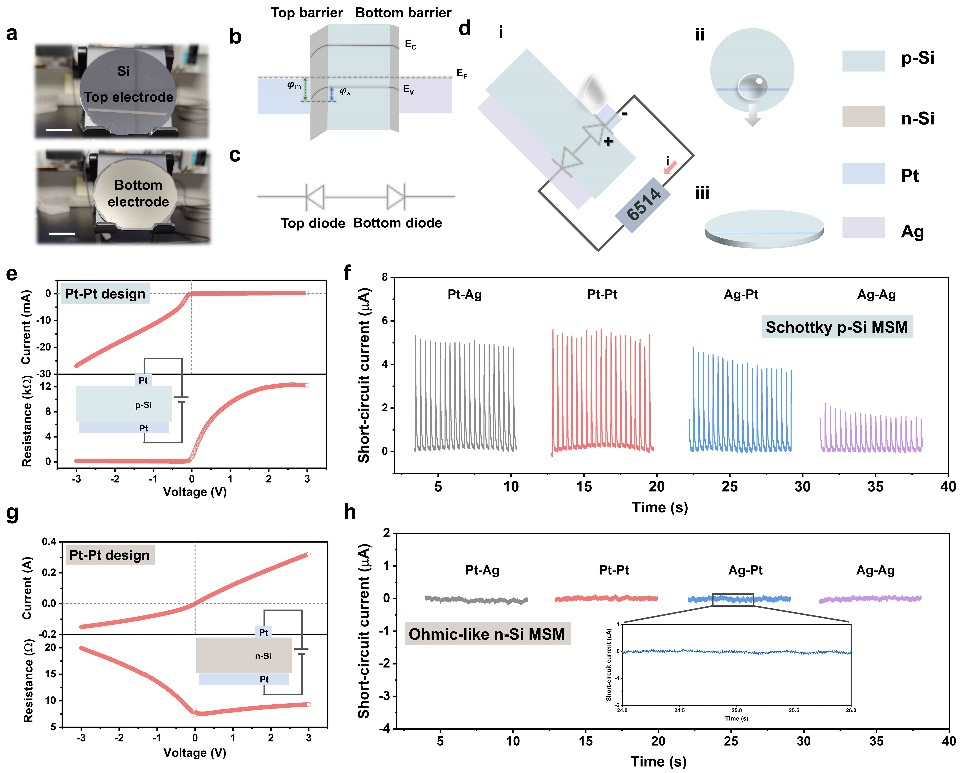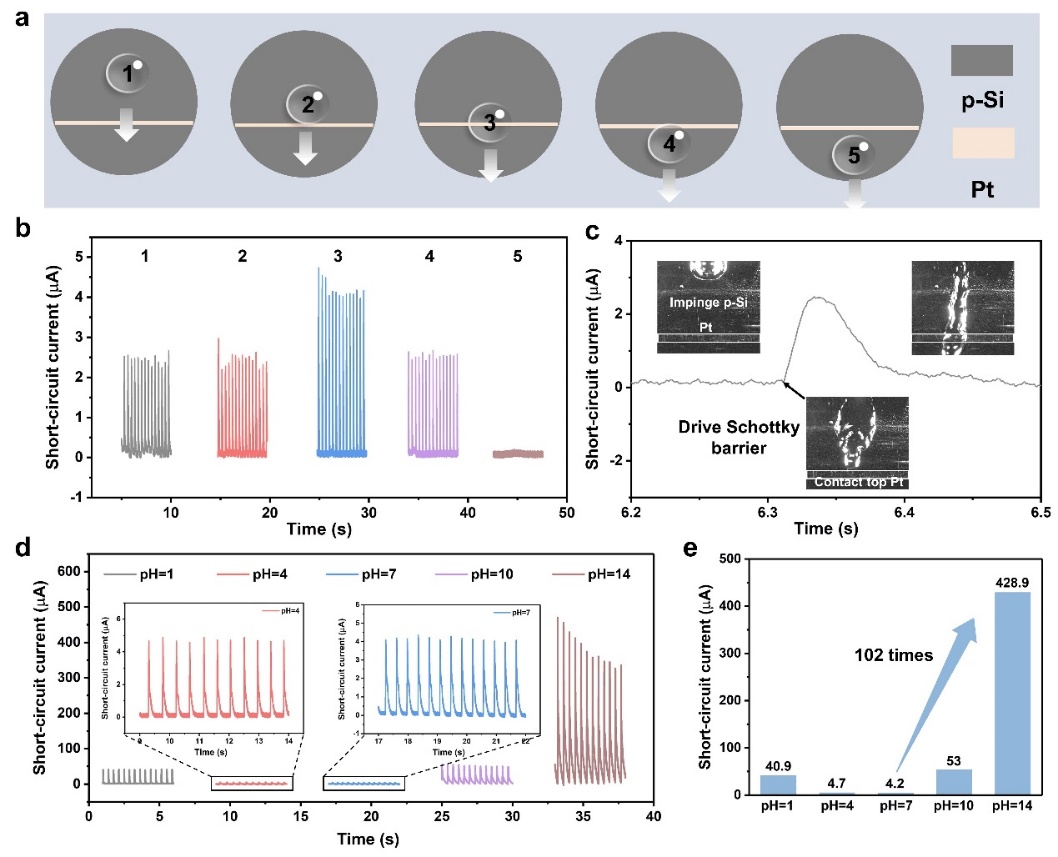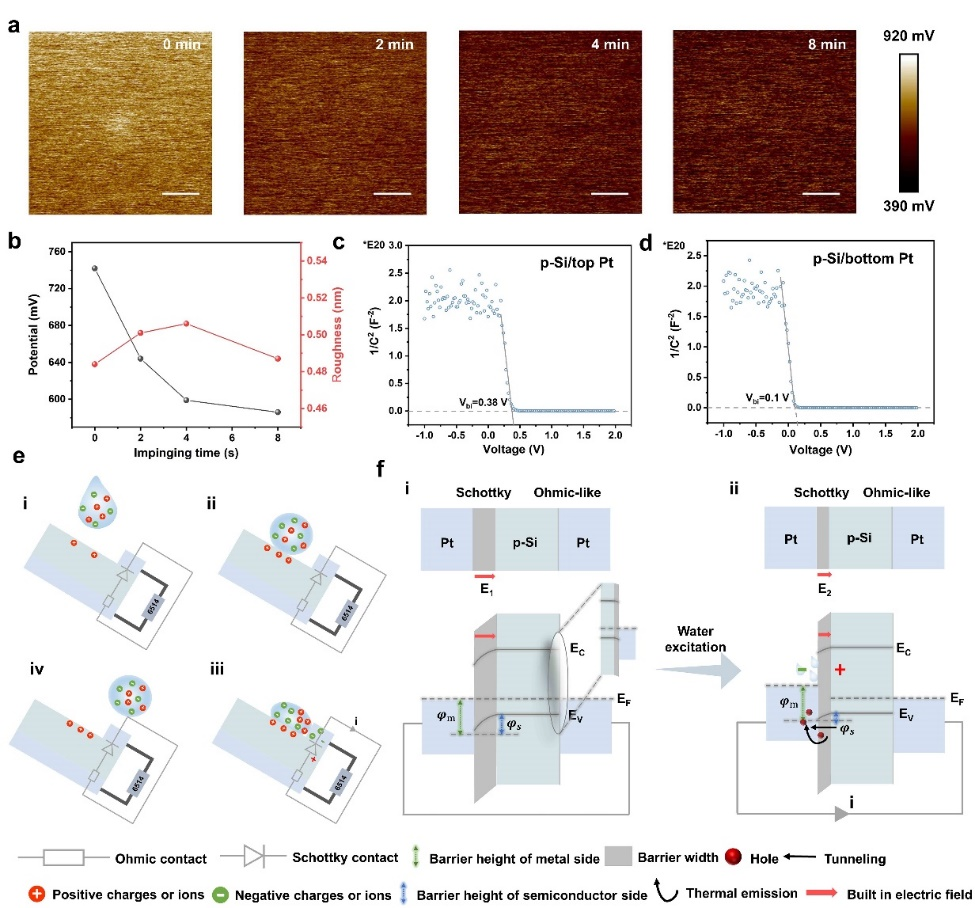- Home
- About Us
- Students
- Academics
-
Faculty
- Electrical Engineering
- Automation
- Computer Science & Engineering
- Electronic Engineering
- Instrument Science and Engineering
- Micro-Nano Electronics
- School of Software
- Academy of Information Technology and Electrical Engineering
- School of Cyber Security
- Electrical and Electronic Experimental Teaching Center
- Center for Advanced Electronic Materials and Devices
- Cooperative Medianet Innovation Center
- Alumni
-
Positions
-
Forum
News
- · Prof. Bin Dai’s team made important progress in using graphene quantum dots to regulate aberrant protein phase separation
- · Guo Gao and co-workers from Shanghai Jiao Tong University achieved significant progress on calcium-ion pre-intercalated hydrated vanadium oxide cathode to facilitate high-performance zinc storage
- · Jiamiao Yang’s team published important innovation on large dynamic range Shack-Hartmann wavefront sensor in Light: Advanced Manufacturing
- · Jiamiao Yang’s team achieved the accurate modeling of the scattering of polarized optical fields
- · Prof. Jingquan Liu’s team made new progress in nanoscale brain-computer interface devices for single neurons
Zhuoqing Yang's Group from Shanghai Jiao Tong University achieves constant-current electricity generation utilizing water droplets driven Schottky diodes
Recently, Prof. Zhuoqing Yang's Group from the Department of Micro/Nano Electronics, School of Electronic Information and Electrical Engineering at Shanghai Jiao Tong University collaborated with Prof. Hui Wang from the School of Physics and Astronomy at Shanghai Jiao Tong University and Prof. Jiming Bao from the Department of Electrical and Computer Engineering at the University of Houston in the United States to achieve constant-current electricity generation utilizing water droplet driven Schottky diodes. Based on the metal-semiconductor-metal (MSM) structure, by reasonably designing the Schottky diode array and utilizing water droplets excitation, constant-current output can be achieved without external rectification circuits, greatly improving energy conversion efficiency. The relevant paper is titled "A constant-current generator by water droplets driving Schottky diode without rectifying circuit" and published online in the internationally renowned journal "Energy & Environmental Science" (Impact Factor: 32.5).
Intelligent, miniaturized, and multifunctional advanced electronics can continuously obtain information from the outside world, therefore, the development and utilization of intelligent systems can provide favorable support for the era of the Internet of Things. On the one hand, these electronics can serve as sensing units to perceive massive amounts of information from the environment. On the other hand, providing energy for these sensing units is also an urgent scientific and industrial problem that needs to be solved. Among numerous material systems, semiconductor materials with conductivity between metals and insulators have shown broad application prospects in fields such as micro energy harvesting, integrated circuits, sensing systems, communication facilities, etc. due to their rectification effect exhibited in specific devices.

Figure 1. Output characteristics of Schottky and Ohmic-like MSM structures driven by water droplet
Based on the metal-semiconductor-metal (MSM) structure, this work elucidates the output mechanism of water droplet driven Schottky MSM device. By designing and fabricating different types of MSM structures, their current-voltage (I-V) characteristics and electrical output under water droplet excitation were analyzed, and the electricity generation mechanism was also thoroughly studied using Kelvin probe microscopy (KPFM). The experimental results indicate that through the triboelectrification effect, water droplet can apply bias voltage at both ends of the Schottky barrier and regulate the Schottky barrier. Under the excitation of single water droplet, the MSM structure can generate up to 400 µA of direct current. In addition, by changing the semiconductor material, electrode material, electrode structure and other parameters of MSM structure, the regulation of I-V characteristics and electrical output can be achieved, and the DC electricity generation mechanism proposed in this work has been verified. Furthermore, vertical structured MSM Schottky barrier diode (SBD) array was fabricated based on the application scenario of raindrop energy harvesting and combined with the MEMS processing technology. By optimizing the top electrode array, the I-V characters and electrical output of MSM with different array structures were investigated. Finally, the output characteristics of MSM with different array structures under multi-droplets excitation were analyzed by simulating random rainfall, and a constant-current electricity generator based on Schottky diode array was achieved.

Figure 2. Output characteristics of Schottky MSM structure under different external excitations

Figure 3. Direct-current electricity generation mechanism of water droplet driven Schottky MSM

Figure 4. Constant-current electricity generation of Schottky diode arrays based on MSM structure driven by multiple water droplets
This research demonstrates that water droplet can drive the Schottky MSM to achieve DC electrical output. Due to the triboelectrification effect and the electric double layer capacitor established at the solid-liquid interface, the impinged water droplet can cause the redistribution of charges in the system. Meanwhile, the bridging effect of water can apply a bias voltage at both ends of the metal semiconductor, thereby regulating the Schottky barrier and promoting carrier transport. More importantly, this work emphasizes the regulation of metal-semiconductor-metal (MSM) Schottky barriers by triboelectric potential, as well as the potential applications of this electricity generation mechanism, including energy harvesting, droplet logic circuits, and fluid signal monitoring.
Shanghai Jiao Tong University is the first unit to complete the above work, with Yahui Li, a doctoral graduate from the School of Electronic Information and Electrical Engineering, Qi Zhang, a master's degree graduate from the School of Electronic Information and Electrical Engineering, and Yuhong Cao, a doctoral student from the School of Physics and Astronomy, as the co-first authors of this work. Professors Zhuoqing Yang and Hui Wang from Shanghai Jiao Tong University, and Jiming Bao from the University of Houston are co-corresponding authors of this work. The relevant research has been supported by the National Key R&D Program of China and the National Natural Science Foundation of China.
《Energy & Environmental Science 》(EES), sponsored by the Royal Society of Chemistry (RSC), is a flagship journal under RSC, aiming to publish cutting-edge research in the field of energy and environment, and is a top international journal in the fields of materials, energy and environment based on interdisciplinary research results. The journal is Q1 in the fields of chemistry-multidisciplinary, energy and fuel, engineering-chemistry, and environmental science in the JCR division, and the CAS division is TOP in the field of materials science, with an impact factor of 32.5 in 2023.
Paper link:
https://pubs.rsc.org/en/Content/ArticleLanding/2023/EE/D3EE02280C
-
Students
-
Faculty/Staff
-
Alumni
-
Vistors
-
Quick Links
